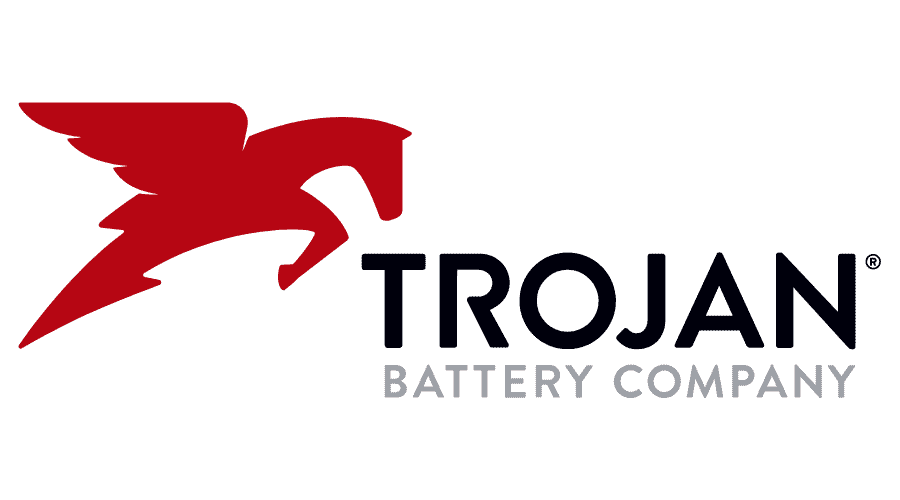
by Brianna Crandall — October 31, 2014—The U.S. Environmental Protection Agency (EPA) is recognizing landmark Green Chemistry technologies and processes that can make manufacturing processes and end products significantly safer for people’s health and the environment, and greatly reduce energy and water use, thereby cutting costs. Examples include more efficient LED lighting and displays for TVs and mobile devices with less environmental impacts and waste, and a safer foam that can fight fires better than traditional foams that rely on toxic chemicals.
The Presidential Green Chemistry Challenge Awards recognize products and processes developed by industrial pioneers and leading scientists that turn climate risk into business opportunities, spurring innovation and economic development. EPA says it will continue to work with the 2014 winners as their technologies are adopted in the marketplace.
The awards are presented in five categories: academic, small business, greener synthetic pathways, greener reaction conditions and designing greener chemicals. The 2014 awardees are listed below, with judges’ comments.
Greener Synthetic Pathways:
Solazyme Inc. of South San Francisco, CA, is being recognized for developing novel oils from sugar and engineered algae in a way that significantly reduces the environmental effects that typically occur in producing and processing petroleum-based or plant-based oils. Soaps, laundry detergents, food products, fuels, and industrial products can now be produced with greatly reduced energy, water and waste, saving money. The company’s palm-oil equivalent can help reduce deforestation and greenhouse gases that can occur from cultivation of palm oil.
Greener Reaction Conditions:
QD Vision Inc. of Lexington, MA, for developing a process to make more efficient LED lighting and displays for televisions and mobile devices with less environmental impacts and waste. The new LED lighting material may make it possible for users to save 36% of TV energy costs. Using this technology in just 10% of flat-screen TVs can save 600 million kWh worldwide every year, estimates EPA, or the energy use of 50,000 homes for one year. Producing these materials would also avoid using an estimated 40,000 gallons of solvents per year. This technology promises significant energy savings, reduced carbon and heavy metals emissions, and less use of toxic chemicals.
Designing Greener Chemicals:
The Solberg Company of Green Bay, WI, is being recognized for developing a safer foam using surfactants and sugars that can fight fires better than traditional foams that rely on persistent, bioaccumulative and toxic chemicals. One of the world’s largest oil and gas companies will be using this foam to fight fuel fires and spills. The product works better and is safer — a win-win for industry and protecting health and the environment.
Small Business:
Amyris Inc. of Emeryville, CA, is being recognized for engineering yeast to make a renewable fuel replacement for petroleum diesel. Making and burning this bus and truck fuel could reduce 82% of greenhouse gas emissions as compared to petroleum diesel. Since carbon pollution increases costs in health care and other impacts, this technology could save tens of thousands of dollars each year.
Academic:
Professor Shannon Stahl, University of Wisconsin-Madison, is being recognized for discovering a way to safely and efficiently use oxygen instead of hazardous chemicals in a step commonly used to make medicine. If brought to market, these methods could have a big impact on the industry, reducing chemicals and waste, and saving companies time and money.
During the 19 years of the program, EPA has received more than 1,500 nominations and presented awards to 98 technologies. Winning technologies over the lifetime of the program are responsible for reducing the use or generation of more than 826 million pounds of hazardous chemicals, saving 21 billion gallons of water, and eliminating 7.8 billion pounds of carbon dioxide equivalent releases to the air, estimates EPA.
EPA’s Presidential Green Chemistry Challenge program award winners have significantly reduced the hazards associated with designing, manufacturing, and using chemicals. An independent panel of technical experts convened by the American Chemical Society Green Chemistry Institute formally judged submissions from among scores of nominated technologies and made recommendations to EPA for the 2014 winners.
The awardees will be honored at a ceremony in Washington, DC, in conjunction with an industry partners’ roundtable.




